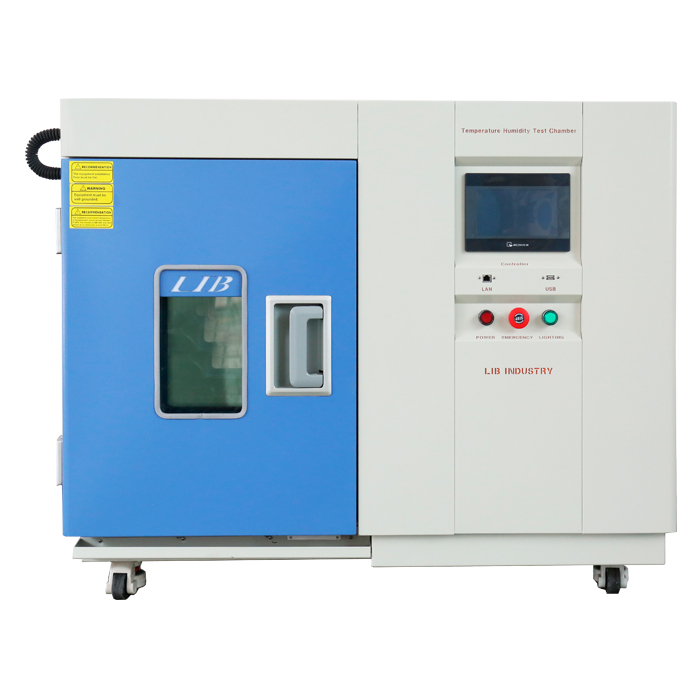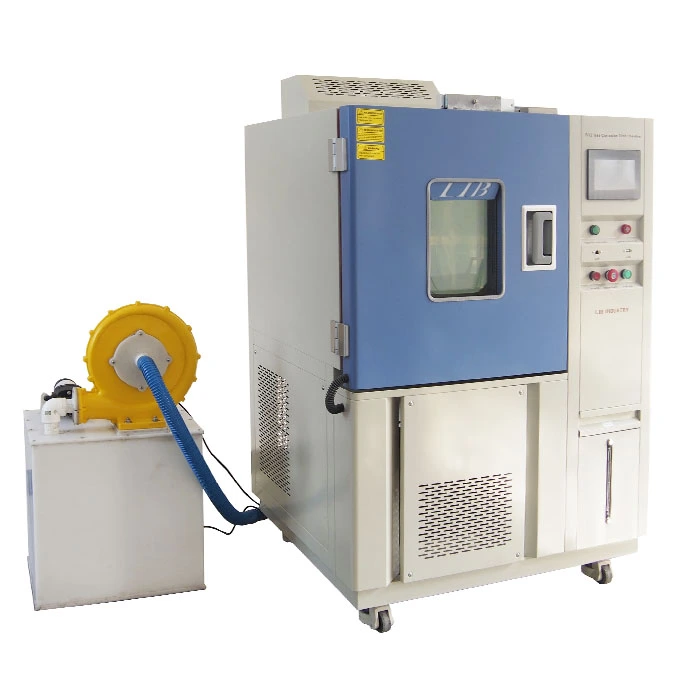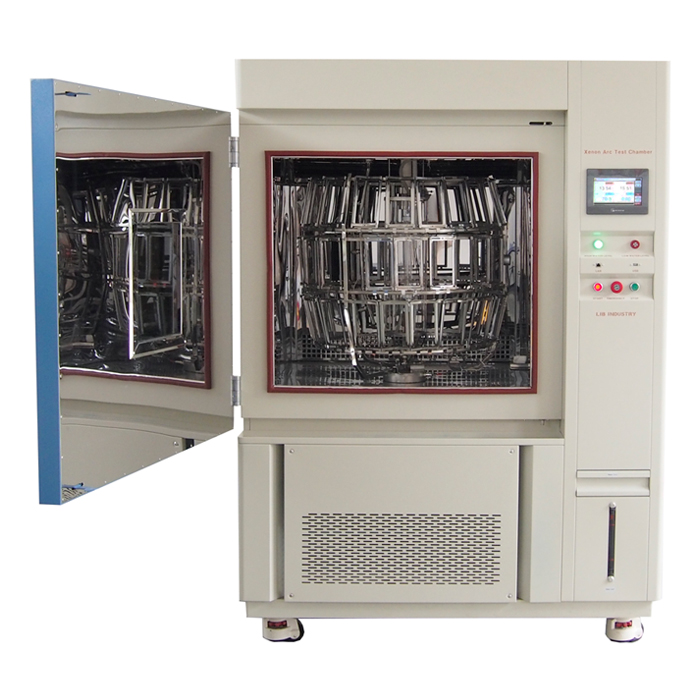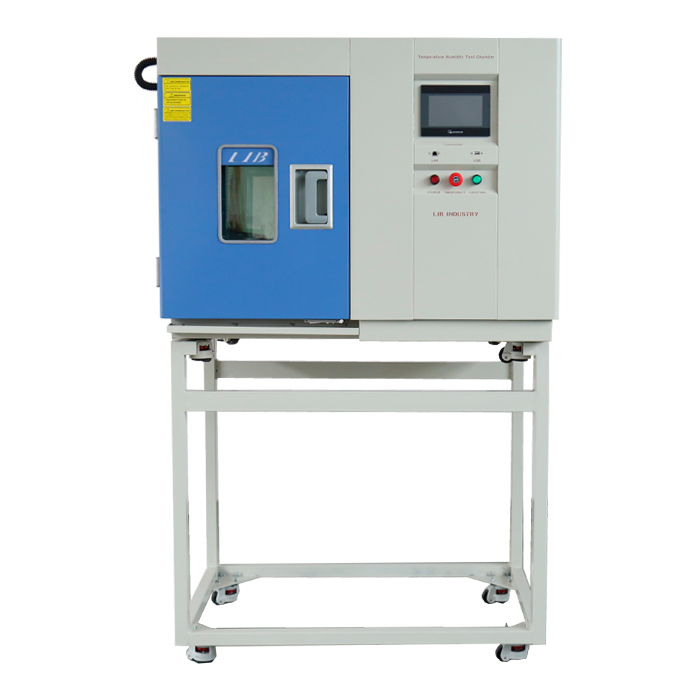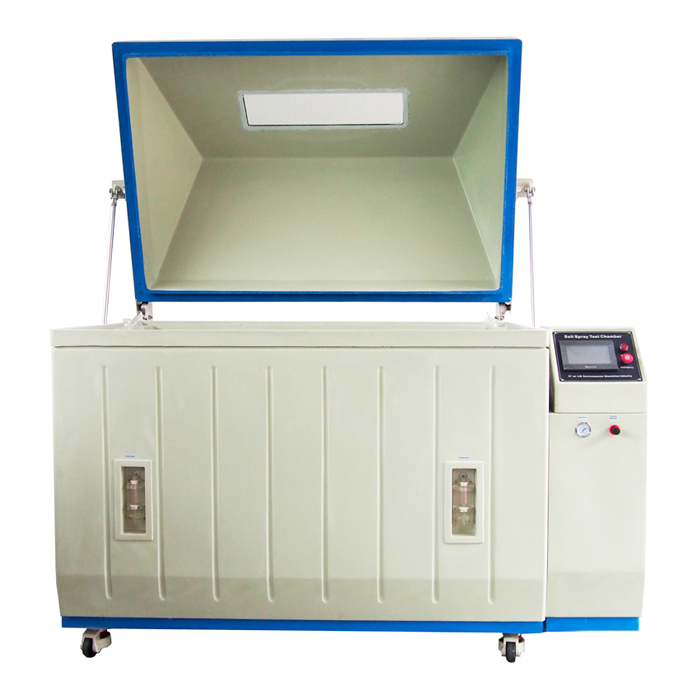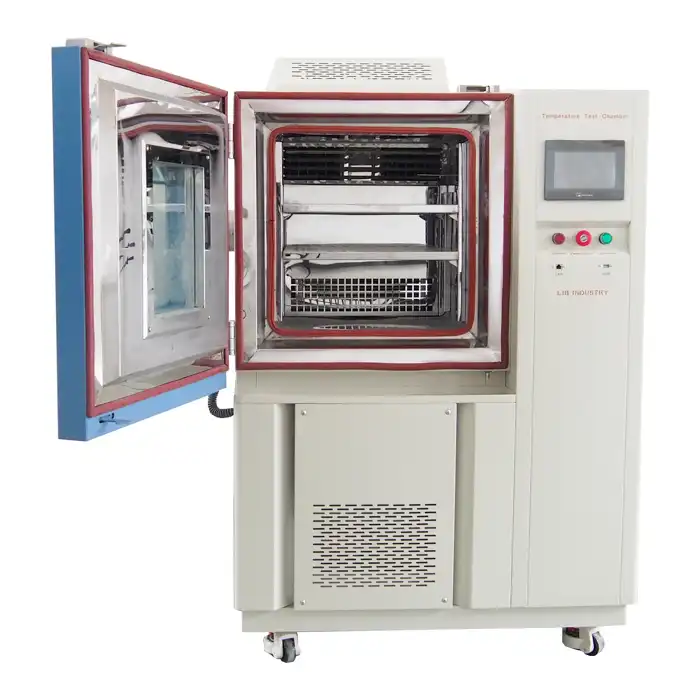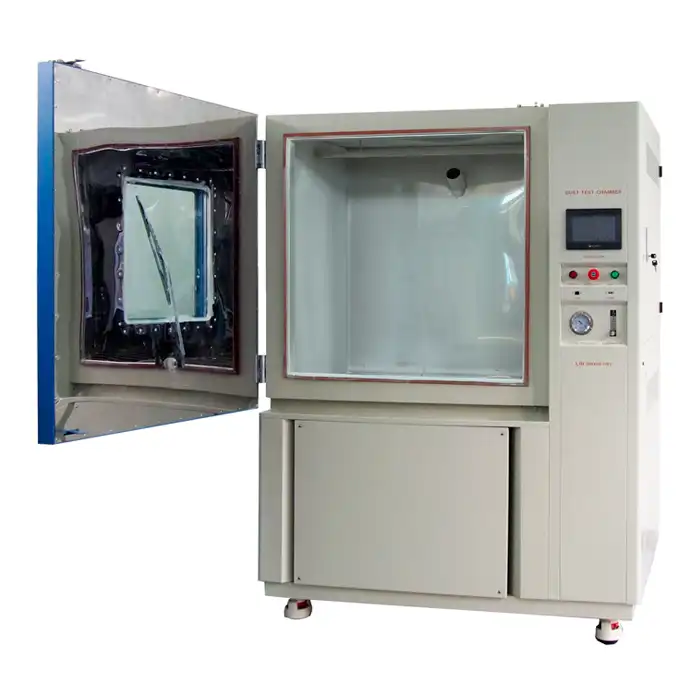Optimizing Testing Cycles: Programmable Features of the Xenon Weatherometer
Environmental test chambers like the xenon weatherometer are indispensable for manufacturers across various industries. These devices simulate real-world weather conditions, helping businesses assess the longevity and durability of their products. With advanced programmable features, these tools are revolutionizing the way testing cycles are managed, reducing time, increasing accuracy, and ensuring compliance with industry standards.
Understanding Programmable Testing Cycles in Xenon Weatherometers
A xenon weatherometer offers programmable testing cycles that replicate environmental conditions such as sunlight, humidity, and temperature fluctuations. These cycles are essential for industries like automotive, aerospace, and renewable energy, where products must withstand extreme weather conditions over time. By programming specific parameters, manufacturers can simulate years of exposure within a short testing period, optimizing time and resources.
For instance, a xenon weatherometer can simulate the effects of UV radiation over a product's lifespan, helping researchers predict material degradation, color fading, and structural wear. This programmable flexibility ensures that manufacturers can replicate various climates and stress conditions, making testing highly adaptable and precise. These testing cycles can be customized to match specific geographic conditions, such as tropical humidity or arctic cold, providing invaluable data for product development.
Key Programmable Features: Customizing Environmental Conditions for Precise Testing
The programmable features of a xenon weatherometer allow users to fine-tune a range of environmental factors, which are crucial for accurate testing. Key features include control over temperature, humidity, and light intensity. These parameters can be adjusted in real-time, providing the ability to create complex, multi-stage test scenarios that mirror real-world environments.
For example, a manufacturer may need to simulate a product's exposure to both high heat and UV radiation followed by periods of cooling and moisture. The xenon weatherometer's programmable interface helps achieve this by setting up staged tests, ensuring that each environmental factor is accounted for in sequence. This level of customization is ideal for industries that require precise and repeatable testing conditions, such as those producing outdoor materials, coatings, or automotive components.
Moreover, these programmable features allow for automatic data logging and analysis, meaning that manufacturers gain deeper insights into how their products perform under variable and extreme conditions. This not only speeds up the testing process but also contributes to creating more robust, long-lasting products.
Meeting Industry Standards with Programmable Test Settings
In many industries, products must meet stringent industry standards to ensure safety, durability, and reliability. The programmable test settings of a xenon weatherometer play a pivotal role in achieving these standards, as they can be tailored to replicate the exact conditions outlined in ISO, ASTM, or other regulatory guidelines.
For example, automotive manufacturers often follow ISO 4892-2 for weathering tests, which specify UV exposure, temperature, and humidity ranges. The xenon weatherometer's programmable capabilities allow for precise adherence to such standards, ensuring compliance and reducing the risk of product failure in the field. Furthermore, these settings can be adjusted in real-time to ensure that test conditions remain stable and aligned with specific regulatory requirements.
User-Friendly Control Interface: Simplifying Complex Testing Protocols
Despite the sophisticated testing capabilities of a xenon weatherometer, its control interface is designed to be user-friendly, ensuring that even complex testing protocols can be managed with ease. This feature is particularly helpful for operators who need to run multiple tests simultaneously or adjust parameters during a test cycle.
The intuitive interface allows users to set up, monitor, and modify testing parameters through a simple touchscreen or digital display. For instance, users can program temperature fluctuations, UV intensity changes, and humidity levels in just a few taps. The system also provides real-time feedback, alerting operators to any deviations from the set parameters and allowing for immediate adjustments if necessary.
This ease of use drastically reduces the time needed to train staff and minimizes the chances of human error during test setup. The ability to streamline operations means that companies can focus more on product development and less on managing complex testing procedures. The interface's user-friendliness ensures that even novice operators can handle sophisticated testing protocols, further optimizing the testing cycle.
LIB Xenon Weatherometer
When it comes to LIB's xenon weatherometer, the advantages are clear. LIB Industry offers a cutting-edge weatherometer that excels in simulating real-world environmental conditions for testing purposes. Designed with state-of-the-art programmable features, LIB's xenon weatherometer allows for unparalleled flexibility in customizing testing cycles, whether for UV exposure, temperature variations, or humidity control.
LIB's xenon weatherometer is built with robust materials, ensuring durability and long-lasting performance. It features advanced data logging capabilities, enabling manufacturers to track and analyze test results in real-time.
Additionally, the compact design of LIB's xenon weatherometer makes it an excellent choice for companies with limited lab space. Its energy-efficient components help reduce operational costs, and the user-friendly interface ensures that even complex testing scenarios can be programmed effortlessly. With LIB's xenon weatherometer, manufacturers can enhance their product development process, decrease time-to-market, and ensure their products are ready for the rigors of real-world conditions.
For more information on how LIB's xenon weatherometer can optimize your testing cycles, you can contact us at: ellen@lib-industry.com.
References
1. ISO 4892-2: Plastics - Methods of Exposure to Laboratory Light Sources - Part 2: Xenon-Arc Lamps.
2. ASTM G155: Standard Practice for Operating Xenon Arc Light Apparatus for Exposure of Nonmetallic Materials.
3. Sun, Y., & Zhang, J. (2022). "Accelerated Weathering Testing for UV Resistance in Materials Engineering." Journal of Material Durability.
4. Thomas, D., & Lee, H. (2021). "Advanced Environmental Simulation Using Xenon Weatherometers." International Journal of Environmental Testing.



